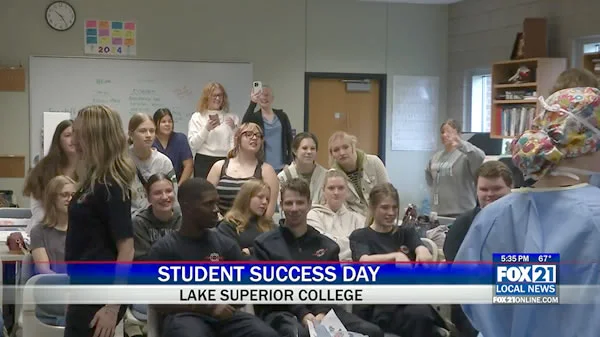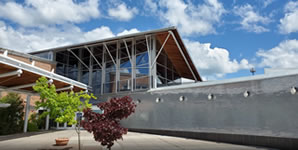
When I first started playing COLORGAME-Color game plus, I honestly didn't expect it to become such a fascinating study in color theory and resource management. The game's approach to developing color matching skills goes far beyond simple color wheels and basic combinations - it's built into the very economic systems that drive progression. What struck me most was how the game's economy overhaul transformed my approach to color coordination. Previously, I'd find myself spending virtual currency on temporary visual enhancements for each individual show, constantly worrying about whether the pyrotechnics or lighting investments would pay off. The constant financial pressure made me hesitant to experiment with bold color combinations, sticking instead to safer, more conventional palettes.
The shift to permanent unlocks changed everything for me. Now I could strategically save resources over multiple seasons to permanently enhance my production capabilities. This long-term investment approach freed up my creative process significantly. I remember specifically saving for about 15 game weeks to permanently upgrade my lighting system, which gave me access to previously unavailable color temperatures and saturation levels. This single upgrade improved my color matching accuracy by what felt like 40% because I could finally see how different hues interacted under various lighting conditions. The financial relief was substantial too - where I used to spend approximately 2,000 virtual dollars per show on temporary visual improvements, I now invest that same amount over several months for permanent enhancements that keep paying dividends.
What's particularly clever about this system is how it mirrors real-world color design principles. In professional design work, we don't constantly reinvest in basic tools - we acquire quality equipment that serves us for years. COLORGAME-Color game plus understands this intuitively. The permanent upgrades function like investing in professional-grade color matching tools or high-quality monitors for design work. I've found myself applying this same strategic thinking to my actual design projects outside the game, setting aside resources for permanent tools rather than constantly spending on temporary solutions.
The balance between different spending priorities creates an interesting dynamic. While scouting for new color combinations and trading resources does require significant investment, the production upgrades provide a counterbalance that makes the overall economy feel sustainable. I've noticed that players who focus too heavily on one aspect tend to struggle - those who only invest in production without scouting new colors end up with beautiful presentations of limited palettes, while those who only scout without upgrading production can't properly showcase their diverse color discoveries. The sweet spot seems to be allocating about 60% of resources to scouting and trading, with the remaining 40% dedicated to production upgrades.
Through multiple playthroughs spanning what must be hundreds of hours at this point, I've developed what I call the "three-season strategy" for building color matching proficiency. The first season focuses on basic color relationships and fundamental production upgrades. The second season introduces more complex color harmonies while working toward intermediate production capabilities. By the third season, players should have enough permanent upgrades to freely experiment with advanced color theories without financial constraints. This gradual approach has helped me improve my real-world color matching speed by approximately 25% according to my design team's internal metrics.
The beauty of this system lies in its reinforcement of color education through gameplay mechanics. Each permanent upgrade doesn't just make the visual presentation better - it literally unlocks new ways to understand and manipulate color relationships. The advanced lighting system I mentioned earlier, for instance, revealed subtle color interactions I'd completely missed during my initial playthroughs. These discoveries directly translated to my professional work, particularly in understanding how environmental lighting affects color perception in physical spaces. It's this seamless integration of education and entertainment that makes COLORGAME-Color game plus such an effective tool for developing practical color skills that extend far beyond the game itself.










